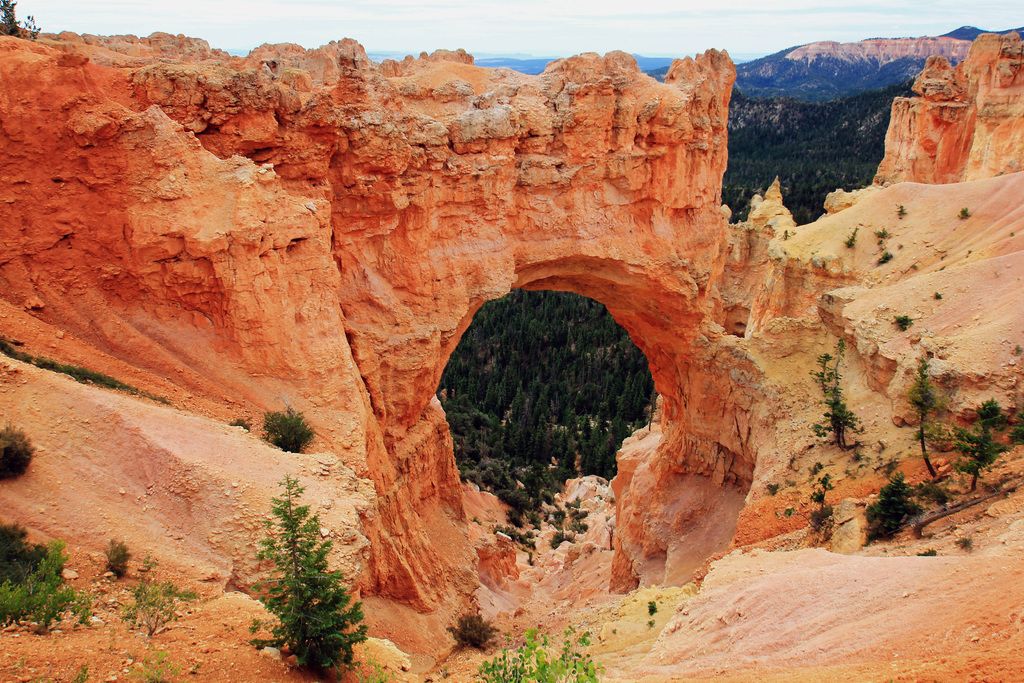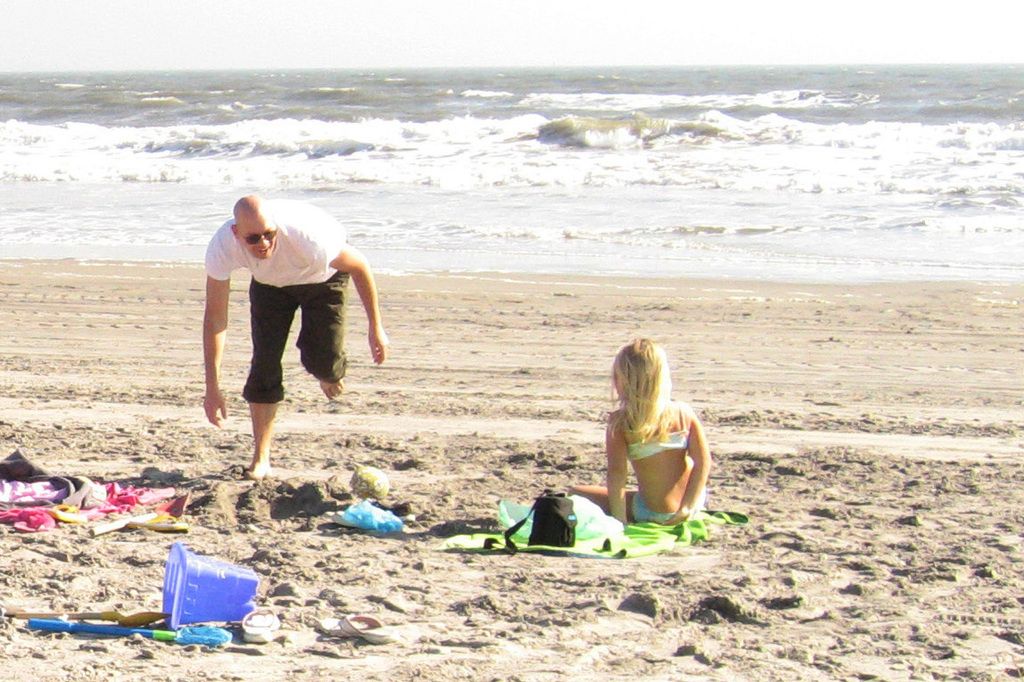Unveiling the Vatican's Financial Empire: An In-Depth Analysis
Vatican's Financial Status Uncovered After Pope Francis' demise at 88 years old
Shining a light on the secrets hidden within the heart of Rome, we delve into the Vatican's intricate financial landscape. As the smallest country in the world, it houses one of the world's largest religions: the Roman Catholic Church. Today, we uncover its financial machinations, sources of revenue, and their noble uses.
The Unveiling
Archbishop of New York Timothy Cardinal Dolan illuminates the importance of safeguarding religious freedom, and that's precisely what we are about to do – shed light on the Vatican's financial affairs.
On a somber note, the passing of Pope Francis, head of state of Vatican City, marked a significant turning point. Known for his influence and authority, the pope held executive, legislative, and judicial control over the independent nation.
The Vatican's financial woes have been weighing heavily for years, with its annual operating deficit skyrocketing to over $90 million in 2023, as reported. Moreover, in November, Pope Francis sounded the alarm about the Vatican's pension fund facing a "severe prospective imbalance" that "tends to grow over time in the absence of interventions."
The elusive nature of the governing body of the Vatican, the Holy See, has made it challenging to accurately uncover its financial standing. However, in 2013, the Central Intelligence Agency's World Factbook estimated the Vatican's revenues and expenditures to be around $315 million and $348 million, respectively.
A Money Spinning Machine
The Holy See generates revenue through multiple avenues, chief among them Peter's Pence. This denotes donations collected from faithful Catholics worldwide and presented to the Pope annually. The United States, Germany, and Italy contribute the most, amounting to approximately $27 million annually, according to American Magazine.
The Vatican also derives income from property management, albeit only 20% of its real estate is available for economic return. Its dependency on tourism and investments in artifacts and gold contribute to its volatile economy, according to the Michigan Journal of Economics.
Approximately 5% of its income comes from the Governorate of the Vatican City State, including the revenues from Vatican museums and the Institute for the Works of Religion, otherwise known as the Vatican Bank. In addition, the Vatican is fortified by the funds generated from the more than five million tourists that visit each year and through sales of stamps, coins, and publications, as well as museum admissions and tours.
Supporting the Have-Nots
Despite its financial struggles, the Vatican aims to use its resources on the needy and underprivileged. A significant portion of the funds is funneled towards administrative costs, including salaries and maintenance. A substantial chunk is also channeled towards the Bambino Gesú Hospital, a testament to the Vatican's commitment to medical aid and the betterment of humanity.
In conclusion, the Vatican's diverse income streams support its wide-ranging activities, from administrative operations to global charitable initiatives and cultural preservation. Its financial intricacies are as enigmatic as the secrets hidden within the walls of its ancient architecture. As we continue to unravel these mysteries, we move ever closer to unveiling the true face of this small, world-dominating religious powerhouse.
- Archbishop Timothy Cardinal Dolan emphasizes the need to safeguard religious freedom, which we aim to accomplish by shedding light on the Vatican's financial affairs.
- The passing of Pope Francis, the head of state of Vatican City, marked a significant turning point, given his influence and authority over the independent nation.
- The Vatican's annual operating deficit reached over $90 million in 2023, and its pension fund faces a "severe prospective imbalance" as warned by Pope Francis.
- The elusive governing body of the Vatican, the Holy See, has been hard to accurately assess financially, but the CIA's World Factbook estimated its revenues and expenditures to be around $315 million and $348 million, respectively, in 2013.
- Peter's Pence, donations from faithful Catholics worldwide, is the Holy See's chief revenue source, with the United States, Germany, and Italy contributing approximately $27 million annually.
- The Vatican also derives income from property management, investments in artifacts and gold, and tourism, but only 20% of its real estate is available for economic return.
- Approximately 5% of the Vatican's income comes from the Governorate of the Vatican City State and the Institute for the Works of Religion (the Vatican Bank).
- Despite financial struggles, the Vatican aims to use its resources to help the needy and underprivileged, with a substantial portion going towards administrative costs, Bambino Gesú Hospital, and global charitable initiatives.








